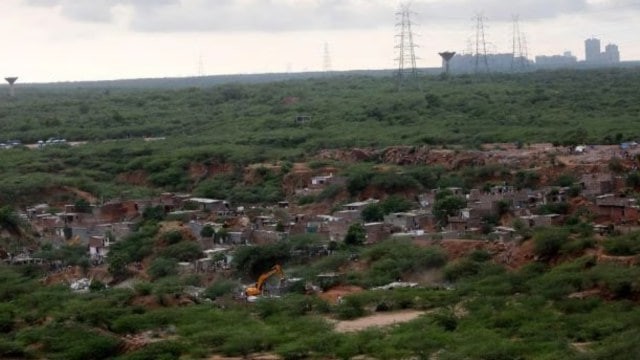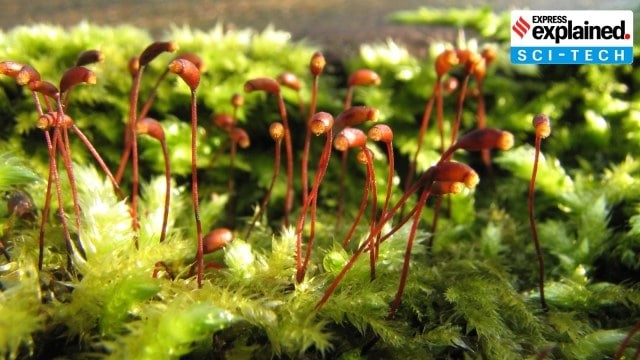Description

Disclaimer: Copyright infringement not intended.
Context: While the technology to convert ocean water to fresh water is not new, it has not been a viable solution for most regions due to its high economic and environmental costs.
Details:
The challenges:
- Uneven distribution of finite sources of water:
- While around 70% of Earth’s surface is covered with water, less than 1% percent is actually drinkable.
- In hot, dry regions with growing populations and increasing living standards, there is not enough water to go around — a situation exacerbated by climate change.
- Water poverty is set to worsen as populations increase along with temperatures, with Sub-Saharan Africa predicted to become a “hotspot of water scarcity” by 2050.
.jpeg)
About Desalination:
- The centuries-old concept uses thermal distillation or a reverse osmosis membrane to separate salt from the sea.
- Costs have “decreased tremendously” — from around $5 ($4.69) per cubic meter (1,000 liters) in the 2000s to 50 cents today.
Alternatives: solutions such as cloud seeding or even iceberg harvesting remain unproven at scale.
Global use:
- The technique is now being utilized globally, with well over 20,000 desalination plants currently operating in over 170 countries — the 10 largest in Saudi Arabia, the United Arab Emirates (UAE) and Israel.
- Around 47% of the world’s desalinated water is produced in the Middle East and North Africa alone.
- The hottest and driest nation in the EU, Cyprus relies on desalination for 80% of its drinking water.

Marine and climate impacts of desalination:
- Separating salt from water is highly energy intensive.
- Four desalination plants in Cyprus generate around 2% of its total greenhouse gas emissions.
- The plants also accounted for 5% of the total electricity consumption in Cyprus, representing one of the largest shares by sector of electricity consumption.
- Highly toxic brine: Desalinated water produced generated around 103 million cubic meters of toxic, high-salinity brine effluent that impacted the Mediterranean seagrass ecosystem in the region of the discharge pipes.
- Increased salinity, combined with climate-driven temperature rise, can cause a decrease in the dissolved oxygen content, resulting in conditions called hypoxia.
- This hypersaline water can sink to the ocean bed and kill marine microorganisms that are vital to the entire food chain.
- In addition, chemical compounds such as copper and chloride are also observable in the desalination pre-treatment process and can be toxic to organisms in the receiving water
Solutions:
- A Berlin-based company, Boreal Light, has developed off-grid solar and wind energy desalination plants that ensure greater energy independence and immunity from price fluctuations.
- Sodium, magnesium, calcium, potassium, bromine, boron, strontium, lithium, rubidium and uranium could be harvested from the filtered material and reused in industry and agriculture.
- MIT Scientists have suggested ways to repurpose brine by using the salt to produce caustic soda, or sodium hydroxide.
|
PRACTICE QUESTION
Q) Despite being highly energy intensive and environmentally toxic, Desalination is the obvious way to go. Comment. (150 words)
|

https://indianexpress.com/article/explained/explained-climate/is-ocean-viable-solution-for-water-scarcity-8514631/












